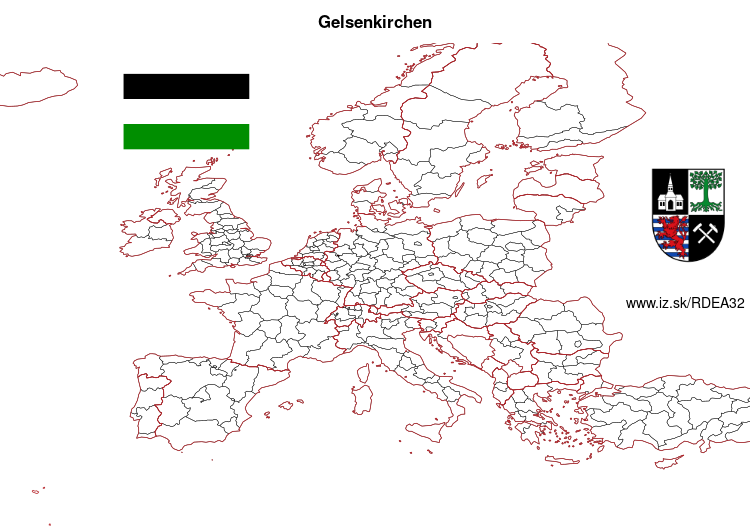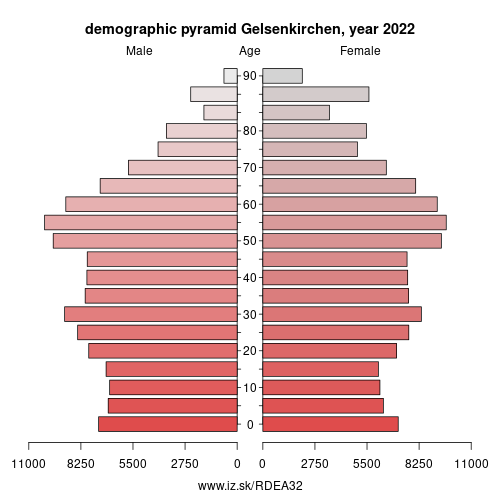- About us»
- Net income calculator»
- Population aging»
-
- Least developed regions»
-
- Average wage
- Material need benefits
- Meal allowance
- Counties of Slovakia
- Inflation
- Living and Subsistence Minimum
- Unemployment of Czechia and Slovakia
- NACE Classification
-
- Life expectancy
- Gender differences
- Youth unemployment and NEET
- Minimum wage in EU
- Unemployment rates of different age groups
- Share of salaries on GDP
- Unemployment rate
- NEET
- Long term unemployment
- Percentage of employees ususally working at nights
- Employment rate
-
- Bratislava and surroundings
- Kopanice
- Danube river
- lower Vah river
- middle Vár river
- upper Nitra river
- lower Nitra river
- Mining cities
- Kysuce a Orava
- upper Vah river - Liptov
- Spiš cities
- upper Hron river
- Juhoslovenská kotlina
- Košice fold and Torysa river
- upper Zemplín
- lower Zemplín
- EU regions
- NUTS3 regions of Slovakia
- LAU1 dataset
-
- Projects and activities
- Inclusive growth»
- Good work
- Project SKRS
- Social system – reality and vision
- Library
-
- Education of unemployed
- Young unemployed not taking part in education
- Proposal to change the system of education funding
- News»
- Contact
Gelsenkirchen – DEA32
EU regions: Germany > North Rhine-Westphalia > Münster Government Region > Gelsenkirchen

| Indicator | Period | Value |
|---|---|---|
| Gross domestic product | ||
| GDP per capita in PPS of EU average | 2022 | 96 |
More on wikipedia wikidata Q2765 on OpenStreetMap Gelsenkirchen slovensky: DEA32
Demographics
| Indicator | Period | Value |
|---|---|---|
| Demographics | ||
| number of inhabitants | 2024 | 267 284 |
| population density | 2023 | 2533 |
| old-age dependency ratio | 2024 | 31.8 |

Gelsenkirchen (UK: , US: , German: [ˌɡɛlzn̩ˈkɪʁçn̩] (listen); Westphalian: Gelsenkiärken) is the 11th largest city of Germany's most populous federal state of North Rhine-Westphalia and its 262,528 (2016) inhabitants make it the 25th largest city of Germany. On the Emscher River (a tributary of the Rhine), it lies at the centre of the Ruhr, the largest urban area of Germany, of which it is the fifth largest city after Dortmund, Essen, Duisburg and Bochum. The Ruhr is located in the Rhine-Ruhr Metropolitan Region, one of Europe's largest urban areas. Gelsenkirchen is the fifth largest city of Westphalia after Dortmund, Bochum, Bielefeld and Münster, and it is one of the southernmost cities in the Low German dialect area. The city is home to the famous football club Schalke 04, which is named after Gelsenkirchen-Schalke. The club's stadium Veltins-Arena, however, is located in Gelsenkirchen-Erle.
Gelsenkirchen was first documented in 1150, but it remained a tiny village until the 19th century, when the Industrial Revolution led to the growth of the entire area. In 1840, when the mining of coal began, 6,000 inhabitants lived in Gelsenkirchen; in 1900 the population had increased to 138,000. In the early 20th century, Gelsenkirchen was the most important coal mining town in Europe. It was called the „city of a thousand fires" for the flames of mine gases flaring at night.
Other: Münster Government Region, Borken, Coesfeld, Steinfurt, Bottrop, Recklinghausen, Gelsenkirchen, Münster, Warendorf District
Neighbours: Bochum, Herne, Essen, Recklinghausen
Suggested citation: Michal Páleník: Europe and its regions in numbers - Gelsenkirchen – DEA32, IZ Bratislava, retrieved from: https://www.iz.sk/PDEA32, ISBN: 978-80-970204-9-1, DOI:10.5281/zenodo.10200164

 Share
Share Facebook
Facebook Twitter
Twitter News
News